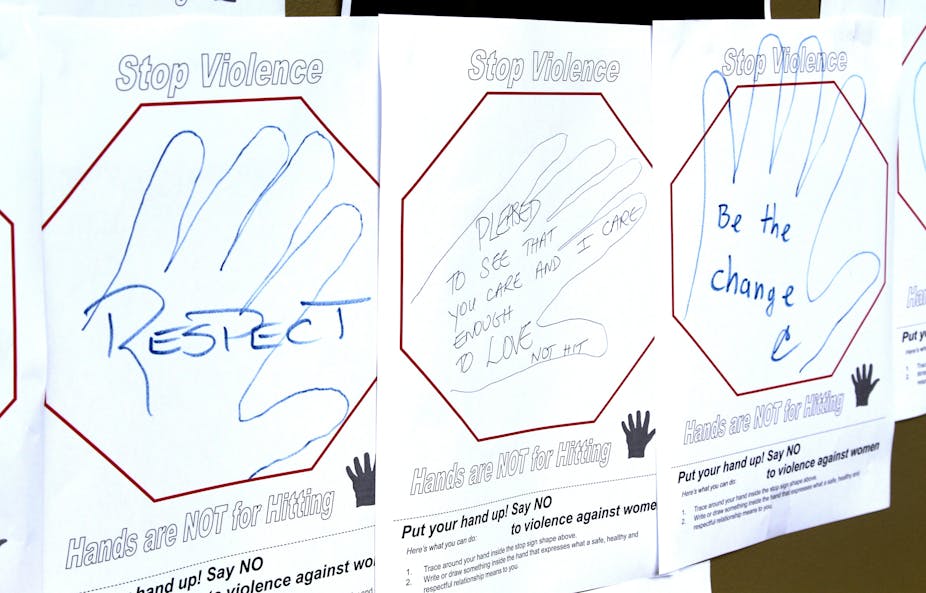According to Women’s Aid, at least one in four women experience domestic violence in their lifetime and between one in eight and one in 10 experience it annually.
Domestic violence clearly violates various fundamental human rights, but it is only relatively recently that it has been recognised as being a human rights issue in legal terms. In some cases this has allowed victims to pursue their national governments for failing to respond adequately to their plight. This is putting added pressure on governments to take a tough approach to the crime.
Surprisingly it was not until 2007 that the European Court of Human Rights dealt substantively with a case on the subject. In some ten cases since then, the court has clearly established that domestic violence can constitute a violation of the European Convention on Human Rights (ECHR).
Turkish decision
One example is the 2009 case of Opuz v Turkey, in which the applicant alleged the Turkish authorities had failed to protect her and her mother from her husband’s domestic violence, which had resulted ultimately in the death of her mother.
The court held that there had been a violation of the right to life under ECHR Article 2, due to the failure of the authorities to safeguard the right to life of the applicant’s mother.
The violence suffered by the applicant was deemed sufficiently serious to amount to a breach of Article 3, which is the right to be free from torture and inhuman or degrading treatment. The court decided Article 3 had been violated as a result of the state authorities’ failure to take sufficient measures to protect the applicant.
The applicant also successfully demonstrated a breach of Article 14, which prohibits discrimination. She used statistical data to establish that domestic violence affected mainly women in Turkey, and that judicial passivity created a climate conducive to such violence.
Tough approach
In the 2013 case of Valiuliene v Lithuania, the court gave an indication of how robust an approach it is willing to take in these cases. Lithuania had accepted it had failed to respond adequately to a situation involving domestic violence and submitted a unilateral declaration to the European Court acknowledging a breach of Article 8, the right to respect for private and family life.
The court refused to accept this, deciding instead that the state had breached Article 3 (torture/inhuman or degrading treatment), despite protests to the contrary.
Despite this tough line, there are still difficulties with the court’s case law on domestic violence. The court has paid particular attention to how state criminal justice systems have responded, but equally important is states’ need to provide social support measures to victims such as financial resources, refuge accommodation and housing. To date, the court has not placed positive obligations on states about these issues.
Another difficulty concerns who has the right to bring cases under the ECHR. According to Article 34, they must fall into the narrow category of “victim”. This raises problems with a crime like domestic violence, where a high percentage of victims simply may not wish to bring forward a case.
This highlights the more fundamental question of whether the law in general can ever respond to domestic violence adequately. For example, the legal system of the UK is based very much on a litigation model and is highly dependent on people bringing cases to court.
At any rate, domestic violence has now been clearly recognised as a human rights issue by the European Court, as well as by other institutions such as the United Nations Committee on the Elimination of Discrimination against Women. The challenge must now lie in ensuring that the ECHR is used to its full potential in this area.

